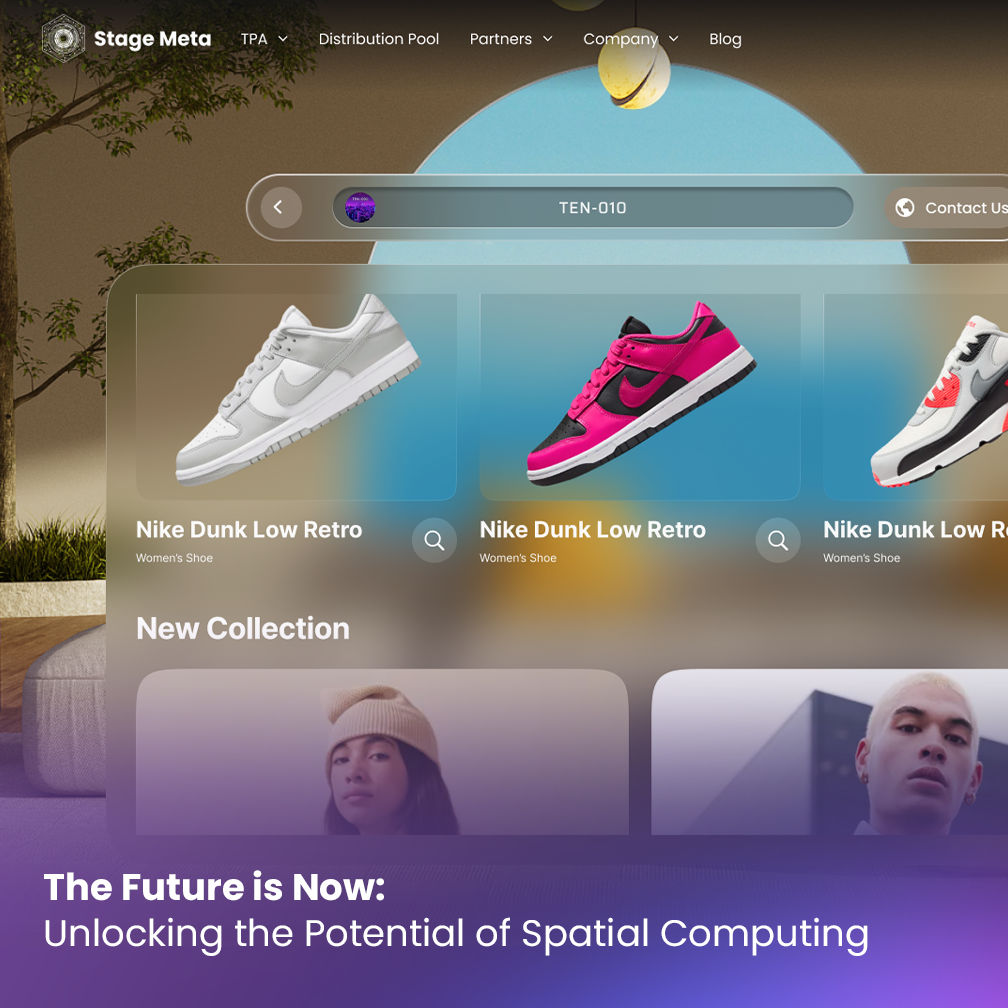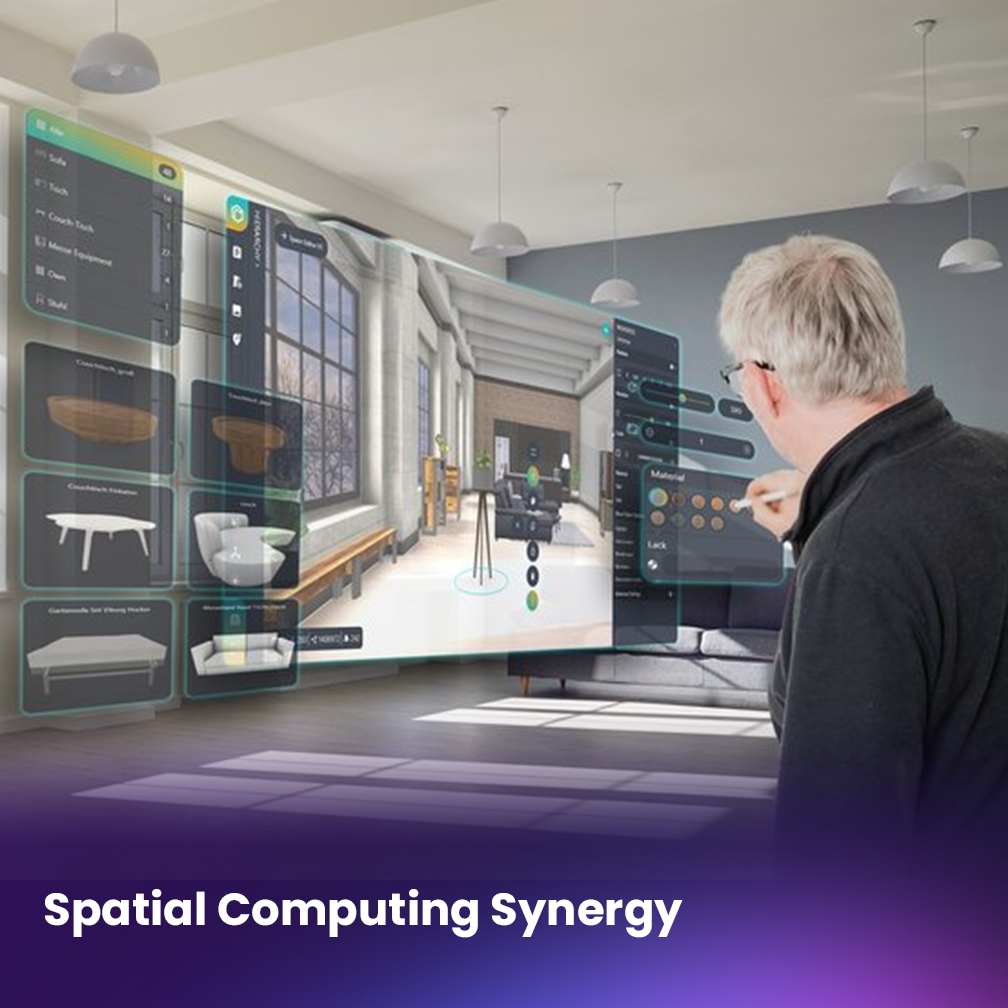
Estimated reading time: 4 minutes
Table of contents
Introduction
In the rapidly evolving landscape of technology, one concept that has been gaining significant traction is spatial computing. This innovative technology, often associated with augmented reality (AR), virtual reality (VR), and mixed reality (MR), is poised to revolutionize various industries, from retail and entertainment to healthcare and education. But just how big is the spatial computing market, and what factors are driving its growth?
Understanding the Market Scale and Potential
To grasp the enormity of the spatial computing market, it’s essential to delve into market research reports, industry analyses, and expert insights. These resources provide a comprehensive understanding of the market’s scale and potential, offering valuable data points and projections for businesses and investors alike.
Technological Advancements Fueling Growth
One of the primary drivers of the spatial computing market’s growth is continuous technological advancements. These advancements have led to the development of more sophisticated hardware and software solutions, making spatial computing more accessible and user-friendly than ever before.
For instance, the evolution of AR glasses and VR headsets has significantly improved the immersive experience for users, driving adoption across various sectors. Additionally, advancements in spatial mapping, gesture recognition, and 3D modeling have expanded the possibilities of spatial computing applications, fueling further market growth.

Increasing Adoption Across Industries
Another key factor propelling the spatial computing market forward is its increasing adoption across industries. Businesses are recognizing the transformative potential of spatial computing technologies in enhancing customer experiences, streamlining operations, and unlocking new revenue streams.
In retail, for example, AR-powered virtual try-on experiences are revolutionizing the way consumers shop for clothing and accessories online. In healthcare, VR simulations are being used for medical training and patient therapy, offering realistic and immersive scenarios. These use cases highlight the versatility and impact of spatial computing across diverse sectors.
Evolving Consumer Behaviors and Expectations
Consumer behaviors and expectations are also playing a crucial role in shaping the spatial computing market. Today’s consumers are seeking more interactive and personalized experiences, driving demand for immersive technologies like AR and VR.
The rise of social media platforms and mobile applications has further accelerated the adoption of spatial computing, as users crave engaging content and interactive features. Brands that leverage spatial computing to create memorable and immersive experiences stand to gain a competitive edge in today’s digital landscape.

Key Market Segments and Major Players
The spatial computing market encompasses various segments, each with its unique opportunities and challenges. These segments include hardware (e.g., AR glasses, VR headsets), software (e.g., development platforms, content creation tools), and applications (e.g., gaming, training simulations, virtual events).
Major players in the spatial computing market include tech giants like Microsoft, Google, and Apple, as well as innovative startups specializing in AR/VR technologies. These companies are driving innovation, investing in research and development, and collaborating with industry partners to expand the reach of spatial computing solutions.
Emerging Trends Shaping the Future
Looking ahead, several emerging trends are poised to shape the future of the spatial computing market. These trends include:
- 5G Connectivity: The rollout of 5G networks is expected to enable faster data transmission and lower latency.
- Spatial Web: The concept of the spatial web is gaining traction, opening up new possibilities for immersive experiences.
- AI and Machine Learning: This integration into spatial computing solutions will enable more intelligent and personalized experiences for users.
- Enterprise Adoption: Increasing adoption of spatial computing solutions by enterprises for training, collaboration, and remote work scenarios.
- Healthcare Innovations: Continued innovations in healthcare applications of spatial computing, such as surgical simulations and patient care solutions.

Conclusion
In conclusion, the spatial computing market is experiencing rapid growth and evolution, driven by technological advancements, increasing adoption across industries, and evolving consumer behaviors. As businesses and consumers continue to embrace immersive technologies, the potential for spatial computing to reshape how we interact with the digital world is immense.
Related posts:
 Spatial Computing in the Next Decade: The Role of TPA and Stage Meta
Spatial Computing in the Next Decade: The Role of TPA and Stage Meta
 The Future is Now: Stage Meta Forges Ahead to Unlock the Boundless Potential of Spatial Computing
The Future is Now: Stage Meta Forges Ahead to Unlock the Boundless Potential of Spatial Computing
 Spatial Computing Synergy: Unity, Microsoft 365, TPA, and Stage Meta on Apple Vision Pro
Spatial Computing Synergy: Unity, Microsoft 365, TPA, and Stage Meta on Apple Vision Pro
 Revolutionizing Retail: Spatial Computing’s Impact on E-commerce Platforms
Revolutionizing Retail: Spatial Computing’s Impact on E-commerce Platforms




